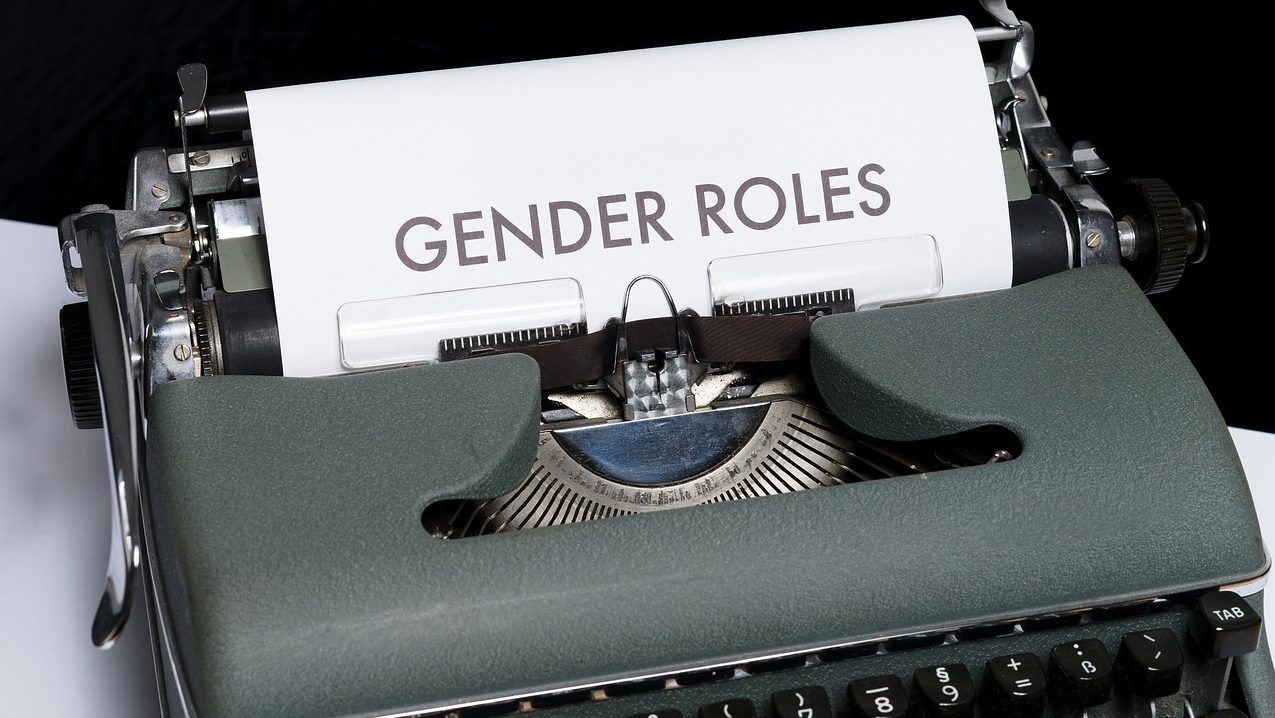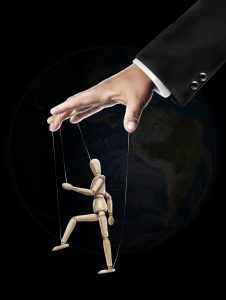Sexual orientation bias thrived in a patriarchal culture in 17th-century Britain. The “isolated circles” tenet entirely isolated men and ladies, keeping ladies to the private space. Women’s instruction was limited and concentrated on residential aptitudes, affirming seen mental inadequacy. Work prospects were constrained, restricted to low-status positions, compounding financial imbalances. Lawful frameworks favored men and restricted women’s property rights and independence. Ladies were banished from taking part in political strategies. Witch chases excessively focused on ladies, highlighting society’s fear of female freedom. This period serves as a sharp update of organization sexual orientation disparity, which has molded the heading of women’s lives.
“Wives, submit yourselves unto your own husbands,
As unto the Lord, for the husband is the head of the wife,
Even as Christ is the head of the church…. Therefore, as the church is subject
To Christ, so let wives be subject to their husbands in everything.”
Ephesians

In seventeenth-century England, there was a patriarchal culture with strict gender roles, which created institutional biases against women. Conventional standards were established that limited women’s opportunities and freedom. The 17th-century belief in the “separate spheres” doctrine was the foundation of gender prejudice.
This doctrine believed that men and women belong to separate realms. Men belonged to the public sphere, which included political and commercial activities, and women belonged to the domestic sphere, which included family matters. This strict segregation subjugated women and restricted their opportunities for education, employment, and political participation.
At the same time, education was a glaring example of gender inequality. While some wealthy families provided their daughters with education, it was often limited to skills that were seen as suitable for domestic duties. Academic pursuits outside of domestic skills were often restricted to men, reinforcing the idea that women’s intellectual capabilities were lower than men’s. Women had similar employment opportunities in England in the 17th century. Women were excluded from many occupations because of the widespread belief that their primary job was to stay home. Even when women sought employment, they were often placed in low-paying, menial jobs, further exacerbating economic inequality.
The legal system of the era reflected gender bias, with laws favoring men significantly. Property rights are a prime example, as women faced severe obstacles to inheriting or owning property independently. Women married to men had little power over their property, as their legal position was subordinate to their husbands. Political participation was also affected by gender bias. Women did not have the right to vote and were largely excluded from official political processes. This lack of representation reinforced the perception that women could not make decisions that affected society, perpetuating their exclusion.
The predominance of which chases amid the 17th century moreover underscored the sexual orientation predisposition imbued in society. Allegations of witchcraft excessively focused on ladies, reflecting a deep-seated fear and doubt of female independence. The trials and executions of endless ladies amid this period exemplified how profoundly settled sex inclination might lead to critical results.
In conclusion, 17th-century Britain was a time-stamped by inescapable sexual orientation predisposition, with societal standards and lawful structures methodically disadvantaging ladies. The “partitioned circles” belief system sustained imbalances in instruction, business, property rights, and political cooperation. As we reflect on this authentic period, it is pivotal to recognize the persevering effect of these predispositions and appreciate the advances made toward sex uniformity in modern times.
ARTICLE BY – AVANI MAKWANA | EDITED BY – SAHIL HARVANI



